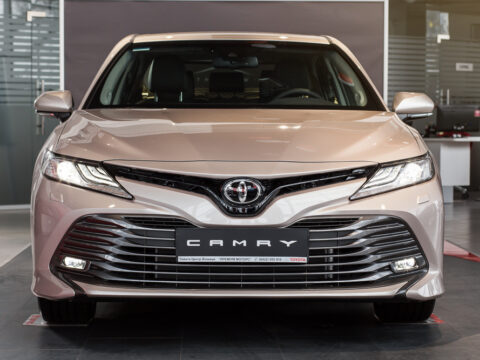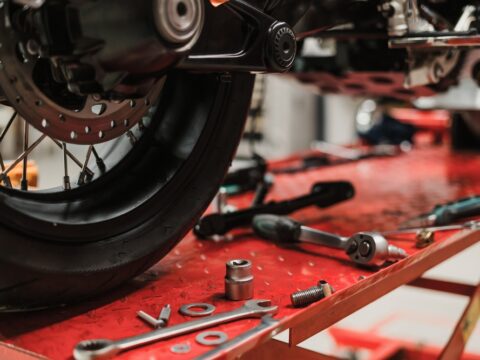When considering your next vehicle purchase, it’s important to be aware of certain Japanese models that might not meet expectations in terms of reliability and performance. This guide explores Japanese cars, both new and used, that have been known for their various issues. From chronic mechanical failures to subpar driving experiences, these models could potentially lead to buyer’s remorse. Here’s a detailed look at the Japanese cars that you might want to avoid buying.
Contents
Honda CR-Z EX
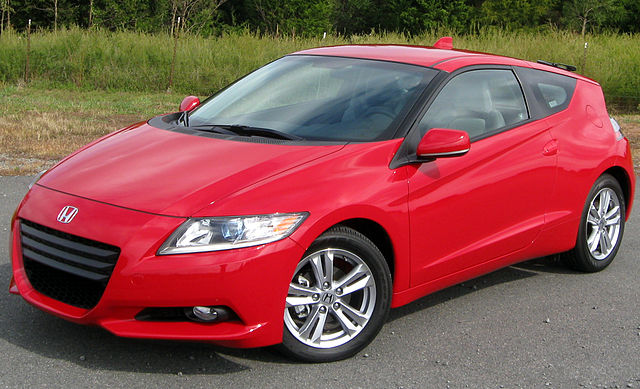
The Honda CR-Z EX attempted to combine sportiness with hybrid efficiency, but it did not excel in either domain. It featured a hybrid powertrain that failed to offer the zest expected from a sports coupe, leading to sluggish performance that left drivers underwhelmed. Its fuel economy also didn’t achieve the high standards typically associated with hybrids. Moreover, long-term reliability concerns, particularly related to the battery system and the electrical components, diminished its attractiveness. The car’s dual-identity crisis, coupled with a cramped interior and limited cargo space, further narrowed its appeal in the competitive compact car segment.
Mitsubishi Eclipse (Third Generation)

Once a beloved sports coupe, the third-generation Mitsubishi Eclipse saw a significant downturn in performance and build quality. Introduced in the early 2000s, this model received criticism for its unrefined automatic transmission that frequently failed and a 3.0-liter V6 engine prone to severe issues, including timing belt failures that could lead to costly repairs. The car’s handling also lost the sharp, engaging feel of earlier models, disappointing enthusiasts. The drop in overall quality and the emergence of more reliable competitors made this generation of the Eclipse a less desirable choice for used car buyers.
Acura ILX (Early Models)
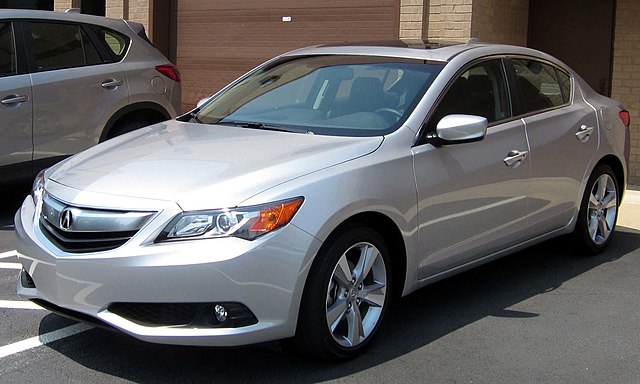
Early models of the Acura ILX were intended to serve as an entry-level luxury sedan but didn’t fully deliver on the luxury promise. The car shared too many components with its less expensive Honda counterparts, detracting from the premium feel expected from a luxury brand. Issues with its powertrain, including a rough transmission and a lack of engine refinement, were significant drawbacks. Additionally, the interior, although better than non-luxury compacts, didn’t offer the quality or advanced features expected in the luxury market, making early ILX models a hard sell against more established luxury competitors.
Toyota Paseo (Second Generation)
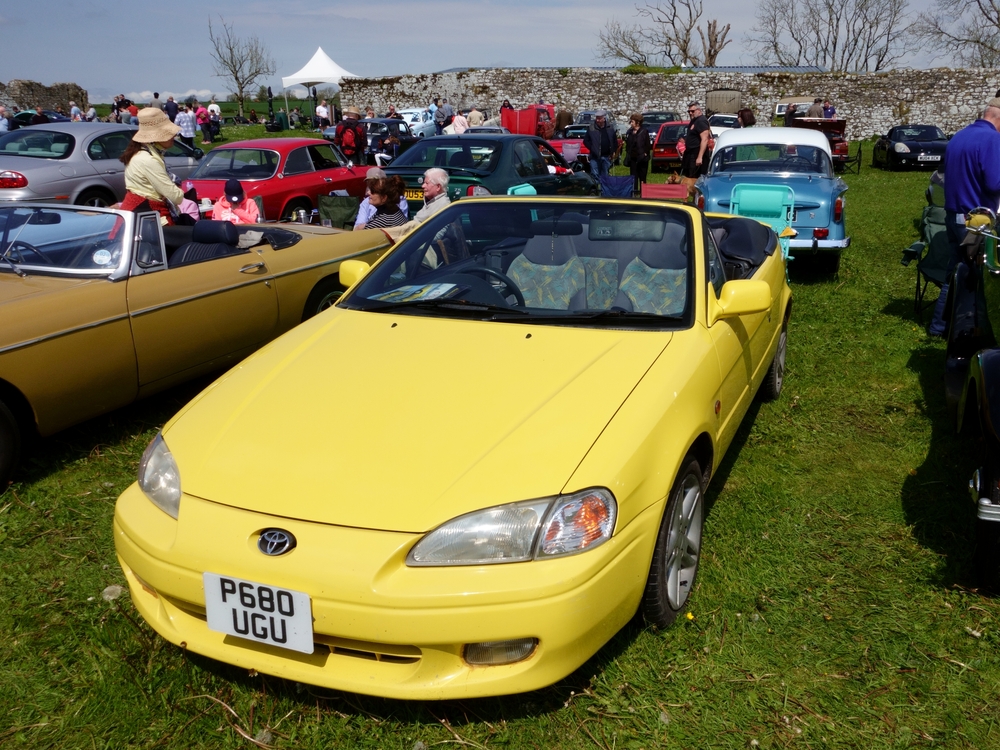
The second-generation Toyota Paseo, while maintaining Toyota’s reputation for reliability to some degree, was largely seen as underpowered and less practical for everyday use. Its 1.5-liter engine struggled with acceleration and highway driving, making it ill-suited for anything beyond urban commuting. The interior was cramped, particularly for rear passengers, and lacked the comfort or technological amenities modern drivers expect. These factors, combined with a design that did not stand out in a crowded market, contributed to its low desirability among used car buyers.
Mitsubishi Mirage

The Mitsubishi Mirage is often criticized for its very basic approach to transportation. Known for its very low entry price, the Mirage sacrifices a lot in terms of performance, comfort, and overall driving enjoyment. Its three-cylinder engine is one of the least powerful on the market, and the car’s handling capabilities are minimal. Inside, the materials are cheap, and the feature list is short, making the Mirage feel more like a step back in time rather than a modern vehicle.
Mazda 626 (Fifth Generation)

The fifth-generation Mazda 626 is remembered for its transmission troubles, particularly with the automatic variant, which often required expensive repairs or replacements. Engine reliability was another concern, with issues such as overheating and premature wear being common. The car also faced challenges with rust, particularly in climates prone to harsh winters and road salt. These reliability problems, combined with an aging design over time, made it a less attractive choice for those in the used car market.
Mazda RX-8
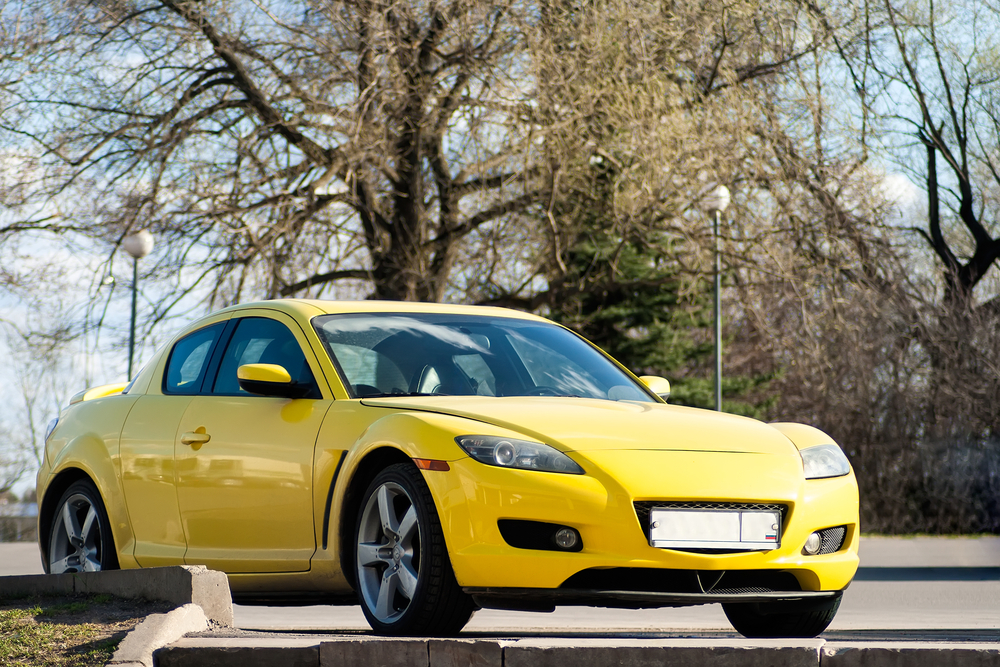
The Mazda RX-8 featured a rotary engine that offered a unique high-revving driving experience but came with several significant drawbacks. The engine’s design led to poor fuel economy and high oil consumption. Reliability was a major concern, with many owners facing expensive engine rebuilds and frequent maintenance issues like spark plug and ignition coil failures. The RX-8’s performance could not sufficiently offset its high running costs and potential for expensive repairs, making it a less ideal choice for cost-conscious buyers.
Suzuki Samurai

The Suzuki Samurai gained a cult following for its off-road capabilities and affordable pricing. However, it was also notorious for safety issues, primarily its instability and tendency to roll over at moderate speeds or during abrupt maneuvers. This reputation was exacerbated by publicized testing and reports in the late 1980s. Additionally, the Samurai’s bare-bones approach to comfort and on-road performance made it less suitable for daily driving, limiting its appeal to a niche market of off-road enthusiasts.
Subaru Baja

The Subaru Baja was an innovative attempt to combine the utility of a pickup with the comfort of a passenger car, but it didn’t quite meet the expectations in either category. Its cargo space was too limited for serious utility use, and the passenger comfort was not up to par with other Subaru offerings. Reliability issues common to Subarus of that era, such as head gasket failures and other engine problems, also plagued the Baja. Its unique style and limited production made it a curiosity but not a mainstream success.
Nissan Cube
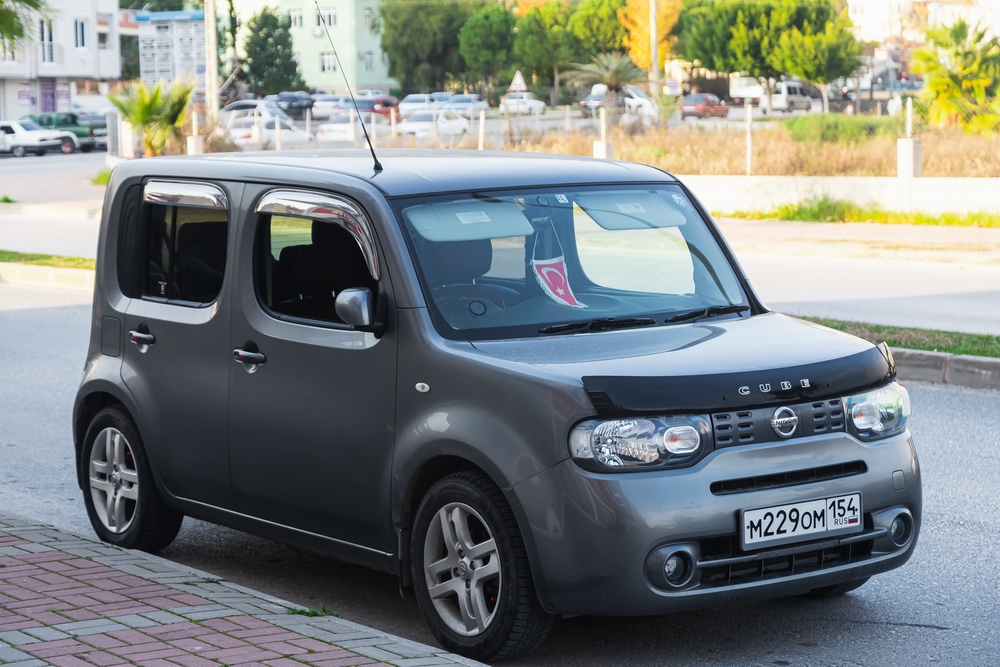
The Nissan Cube’s distinctive, box-like design targeted a niche audience looking for something different in a car. However, its unusual styling was not universally appealing, and the car’s performance did not help broaden its appeal. It was underpowered, and the driving dynamics were lackluster, with a particularly noisy experience on the highway due to its boxy shape. The interior, while spacious, featured many low-quality materials, detracting from the overall user experience.
Isuzu Trooper (Second Generation)
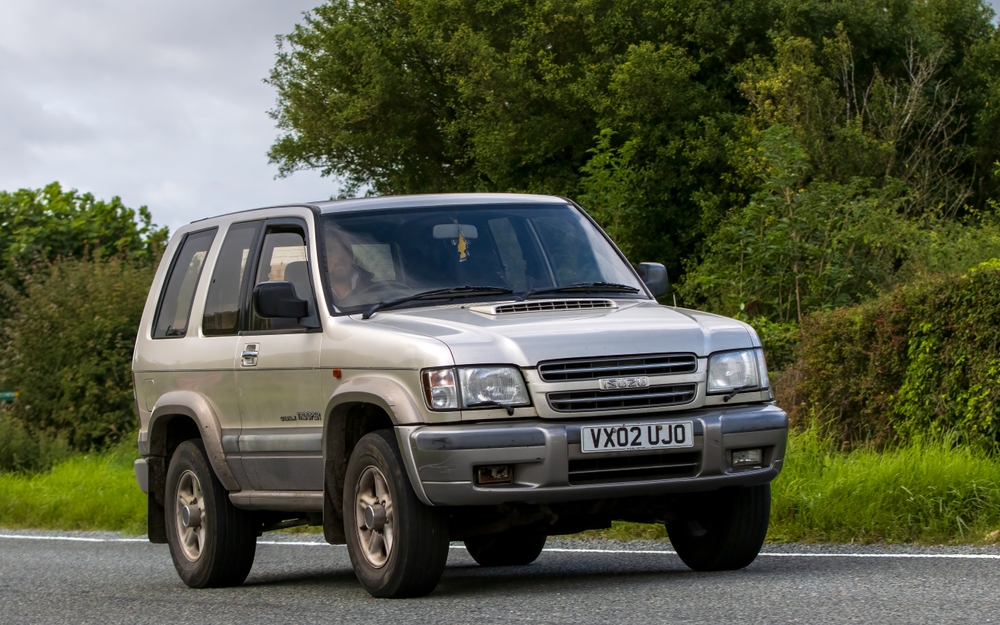
The second-generation Isuzu Trooper was subject to controversy and lawsuits concerning its stability and safety, with accusations of a high rollover risk that negatively impacted its reputation. Mechanically, the Trooper was plagued by transmission failures and engine issues that could lead to costly repairs. Its off-road capabilities were respectable, but reliability issues and the safety stigma made it a less desirable choice for families and everyday drivers.
Honda Insight (First Generation)
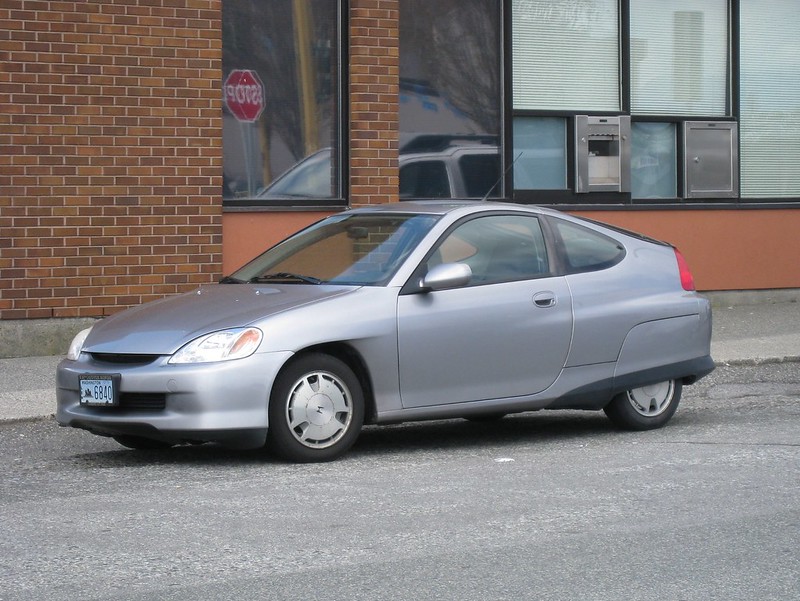
The first-generation Honda Insight was a pioneer among hybrid vehicles, offering impressive fuel efficiency through its innovative hybrid system. However, the car sacrificed a lot in terms of comfort and practicality. The two-seater configuration limited its usability, and the ride was often described as harsh and uncomfortable. Battery reliability issues emerged over time, complicating ownership for those looking for a worry-free used hybrid. The Insight’s ahead-of-its-time technology was intriguing but ultimately not well-rounded enough for widespread appeal.
Toyota Tercel (Last Generation)
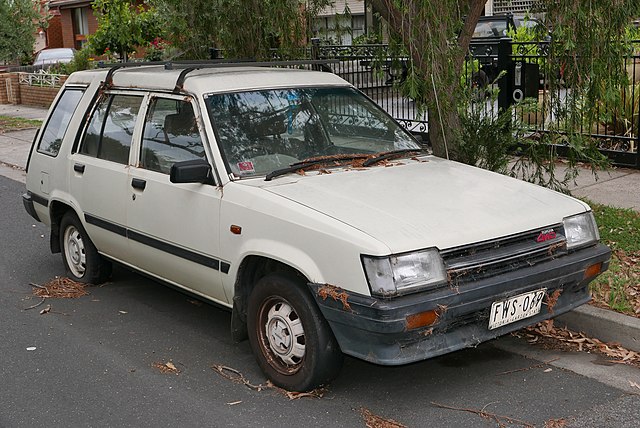
The last generation of the Toyota Tercel offered basic transportation but little else to attract buyers. It was overshadowed by more modern and appealing subcompact cars that offered better performance, comfort, and styling. The Tercel’s engine was noted for its reliability but was criticized for being underpowered. The car’s lack of innovation and features made it a less appealing option for those seeking a compelling small car value proposition.
This article originally appeared on MyCarMakesNoise.
More from MyCarMakesNoise
Exploring the Rich Legacy of the Mustang

In the world of automotive history, few names evoke as much passion and nostalgia as the Ford Mustang. Since its thunderous debut in 1964, the Mustang has been more than just a car; it’s a symbol of American muscle, style, and the open road. Read More
13 Opulent RVs That Redefine On-the-Road Comfort

Luxury recreational vehicles (RVs) are more than just modes of travel; they’re a statement of sophistication, comfort, and technology on wheels. These rolling mansions offer the finest amenities, from high-end interiors to state-of-the-art technology, blending the thrills of the open road with the comforts of a luxury home. Read More
15 Intriguing Facts About the Iconic DeLorean DMC-12

The DeLorean DMC-12 is a car that has captured the public’s imagination like few others, thanks to its unique design, limited production run, and prominent role in pop culture. Read More

